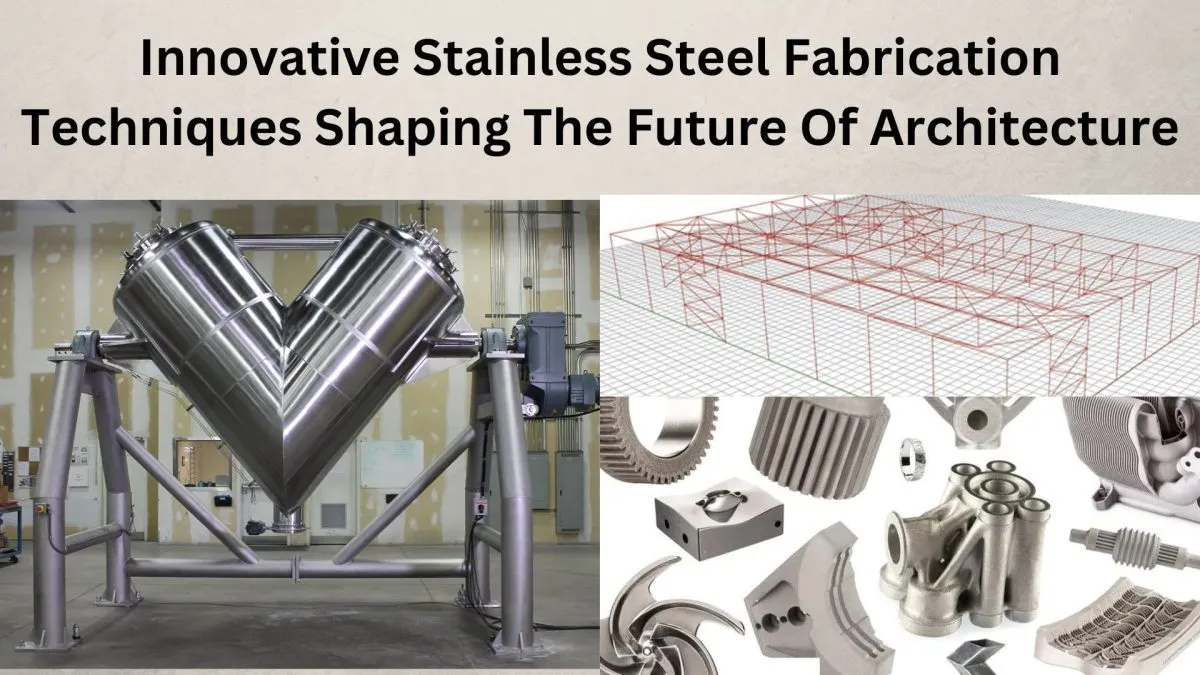As the demand for sustainable building materials grows, stainless steel is emerging as a key player in modern architecture. Known for its durability, recyclability, and corrosion resistance, this material is driving innovation in eco-friendly construction.
A Material Built to Last
One of the primary reasons architects and engineers choose stainless steel is its exceptional longevity. Unlike traditional materials, stainless steel does not rust, warp, or degrade when exposed to harsh environmental conditions. This ensures longer building lifespans with minimal maintenance, reducing the need for frequent replacements and lowering overall carbon footprints.
Energy Efficiency in Construction
Innovations in stainless steel manufacturing have led to the development of highly reflective surfaces that enhance energy efficiency. When used in roofing and facade systems, stainless steel reflects solar radiation, helping to reduce heat absorption in buildings. This translates into lower cooling costs and improved energy performance, making it an ideal material for sustainable construction.
Recyclability and Environmental Impact
One of the standout features of stainless steel is its 100% recyclability. Unlike many other construction materials that degrade after multiple recycling processes, stainless steel retains its original properties indefinitely. This supports the circular economy by minimizing waste and reducing dependence on raw material extraction.
According to the World Stainless Association, more than 60% of stainless steel used in modern applications comes from recycled sources. This significantly decreases energy consumption during production and reduces industrial emissions.
Innovative Applications in Sustainable Architecture
Stainless steel is being utilized in cutting-edge architectural designs that prioritize sustainability. Some notable applications include:
- Self-cleaning facades – Special coatings allow stainless steel surfaces to break down pollutants, reducing the need for chemical cleaning.
- Modular building components – Prefabricated stainless steel elements streamline construction, minimizing material waste and site emissions.
- Green infrastructure – Used in pedestrian bridges, public spaces, and water management systems, stainless steel ensures long-lasting, eco-friendly urban developments.
The Future of Stainless Steel in Construction
As technology advances, the development of low-carbon stainless steel is set to revolutionize the industry. Manufacturers are adopting cleaner production methods, such as hydrogen-based smelting, to further reduce carbon emissions. Additionally, innovations in alloy compositions are enhancing material strength while lowering overall resource consumption.
The growing emphasis on green building certifications (such as LEED and BREEAM) is also increasing demand for sustainable materials like stainless steel. As urbanization continues, architects and engineers will increasingly turn to stainless steel for high-performance, energy-efficient, and environmentally responsible structures.
For more insights into stainless steel applications, visit Stainless Europe.







Leave a Reply